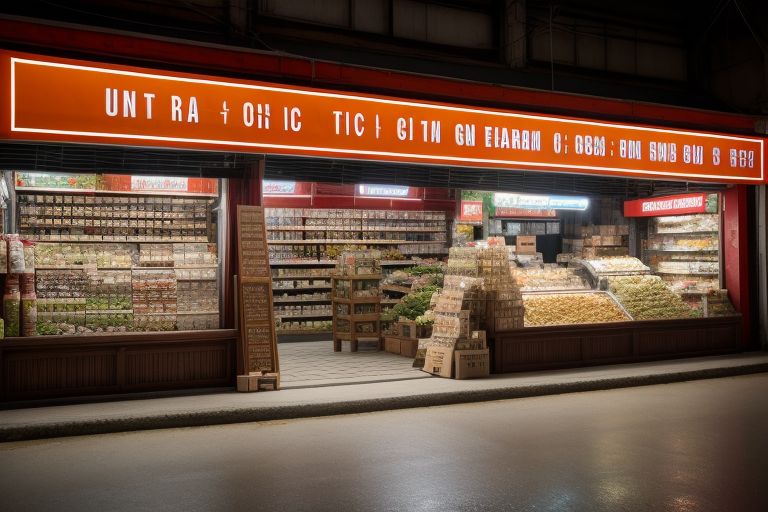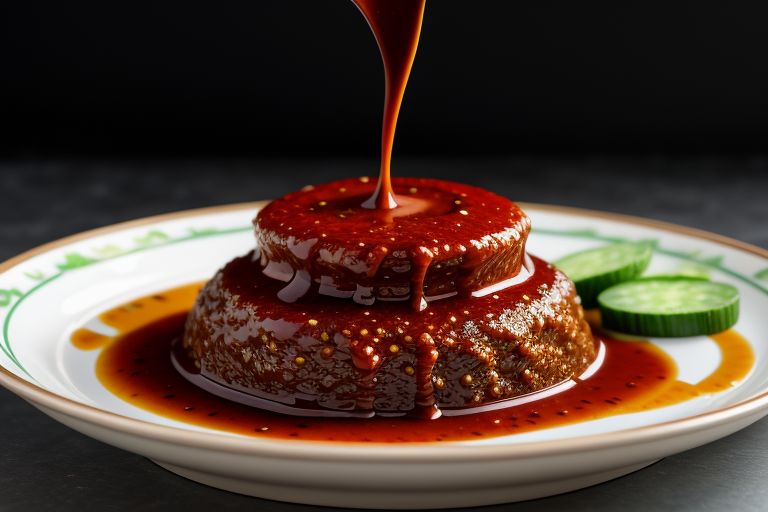The Rise of Energy Bars in Vietnam’s Health Food Market
Introduction: Vietnam’s Growing Appetite for Healthier Snacks
Vietnam, a country rich in culinary heritage, is increasingly embracing health-conscious food trends—and energy bars are emerging as a top contender in the modern Vietnamese diet. As urbanization increases and people’s lifestyles become busier, Vietnamese consumers are seeking convenient, nutritious, and on-the-go food options. Energy bars, packed with protein, fiber, and essential nutrients, have become a popular choice among fitness enthusiasts, office workers, and even students across the country.
Whether you’re exploring Vietnam’s dynamic cities on a health-focused vacation or visiting for work under a VIETNAM BUSINESS VISA, understanding the country’s evolving snack culture provides fascinating insight into how Vietnam is blending traditional tastes with global wellness trends.
The Evolution of Energy Bars in Vietnam
The introduction of energy bars into Vietnam’s consumer market has been relatively recent, but their popularity is rapidly growing. Initially imported as premium health products from Western countries, energy bars are now increasingly made locally, often using native Vietnamese ingredients like cashews, sesame seeds, coconut, and tropical fruits.
These locally-inspired bars not only cater to health-conscious Vietnamese consumers but also appeal to eco-minded shoppers interested in supporting sustainable, locally sourced food. With the rise of health food brands and organic stores in Ho Chi Minh City and Hanoi, Vietnamese-made energy bars are beginning to compete with established international brands on supermarket shelves.
Popular Ingredients in Vietnamese Energy Bars
One of the reasons energy bars are resonating with Vietnamese consumers is the use of ingredients that are both familiar and nutritious. Some common components include:
- Cashews – Vietnam is one of the world’s top producers of cashews, making them an ideal base for healthy, protein-rich bars.
- Coconut and Coconut Oil – Widely available in the Mekong Delta, coconut adds flavor and healthy fats.
- Puffed Rice – A traditional snack element repurposed in energy bars for crunch and texture.
- Dried Dragon Fruit and Mango – Locally dried tropical fruits provide natural sweetness and vitamins.
- Black Sesame Seeds – High in calcium and traditionally used in Vietnamese desserts, now gaining ground in health products.
These unique ingredients create a fusion of familiar flavors and modern health benefits, allowing energy bars to stand out in the increasingly competitive wellness snack market.
Who’s Eating Energy Bars in Vietnam?
The growing popularity of energy bars spans a broad demographic in Vietnam. Young professionals and students are frequent consumers, often grabbing bars as quick meals during their hectic schedules. Fitness enthusiasts, gym-goers, and cyclists use them as pre- or post-workout snacks.
Interestingly, energy bars have also found a niche among business travelers and tourists who need nutritious snacks while on the move. If you’re traveling on a VIETNAM BUSINESS VISA, keeping a few energy bars in your bag can be a smart way to stay energized between meetings and networking events.
Where to Find Energy Bars in Vietnam
Energy bars are now widely available across major Vietnamese cities. Health food stores, supermarkets like VinMart and Lotte Mart, and specialty organic chains such as Organica and Annam Gourmet Market carry a variety of options.
You’ll also find energy bars in cafés that focus on fitness or wellness themes, often alongside smoothies, cold-pressed juices, and plant-based meals. Many Vietnamese brands now sell online, offering home delivery and subscription options, which became particularly popular during the post-pandemic e-commerce boom.
Energy Bars and International Travelers
As Vietnam continues to position itself as a business and travel hub in Southeast Asia, the convenience of energy bars fits perfectly with the needs of global travelers. Whether you’re hiking in Sapa, cycling through Da Lat, or preparing for a business pitch in Hanoi, energy bars offer a portable and nourishing snack option.
For travelers heading from Vietnam to nearby regions such as Turkey, it’s also useful to understand broader travel documentation. If you’re planning to extend your journey into Europe through Turkey, learning about the SCHENGEN VISA FOR TURKEY VISA process will help streamline your cross-border travel plans.
Conclusion: A Nutritious Trend with Local Flavor
Vietnam’s energy bar industry exemplifies how global food trends can take root and flourish within a country’s unique cultural context. Blending local ingredients with a modern approach to wellness, Vietnamese energy bars are both a symbol of innovation and a reflection of shifting consumer lifestyles.
As health awareness continues to grow, and the demand for convenient, nutritious food rises, Vietnam is set to become a significant player in Asia’s health snack market. So whether you’re here on business, leisure, or living as a digital nomad—don’t miss the chance to fuel up with Vietnam’s delicious take on energy bars.














Post Comment